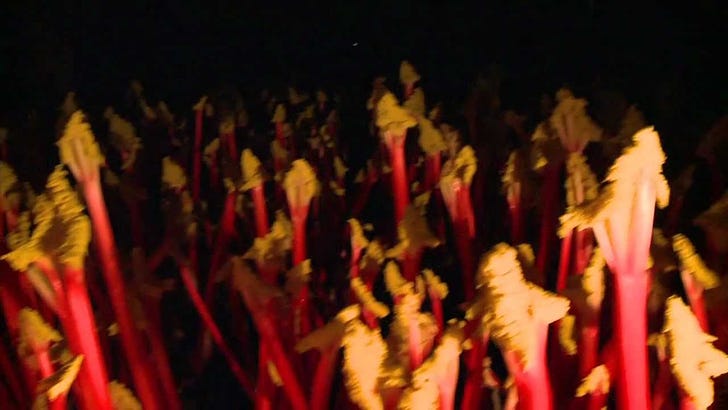Have a listen before you read on. Be warned, though, listening to this on repeat made me feel so uncomfortable I came out in hives.
Keep reading with a 7-day free trial
Subscribe to Topographic Kitchens to keep reading this post and get 7 days of free access to the full post archives.



